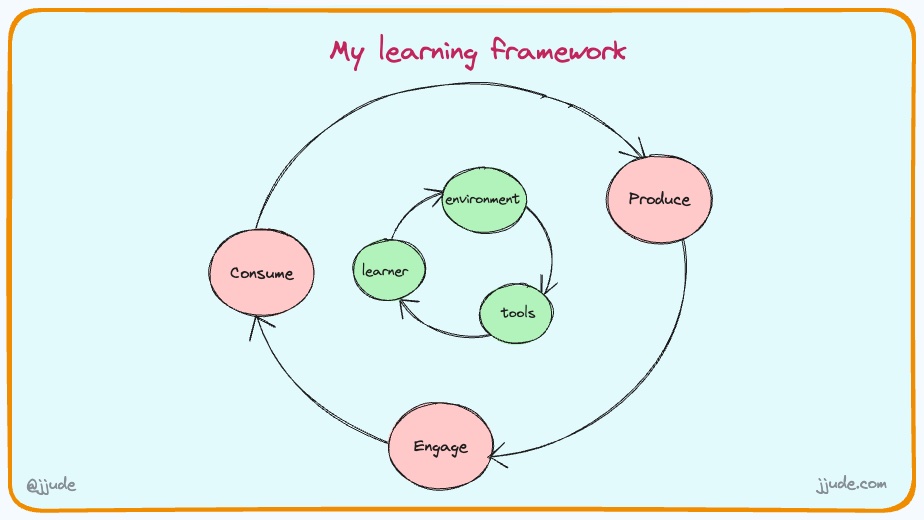Retirement, an old relic from the manufacturing age, no longer holds true in our information era. As long as your mind is sharp and you can contribute positively with your intellect, there’s no need to step back.
In the past, physical mobility dictated productivity, and as age slowed us down, retirement became necessary for safety. But now, if you can maintain mental agility and build a personal brand, retirement becomes a choice rather than a requirement. Opportunities abound for those who stay mentally active, gaining and sharing experiences.
Charlie Munger serves as a prime example – sharing his wisdom on podcasts until nearly his last breath.
To remain relevant in this ever-changing landscape, you must adapt to new technologies and workforce patterns.
- Be a learning machine
- Cultivate a network of peers, mentees, and influencers
- Gain social proof through your work and network
First and foremost, embrace learning. Much like software, if you are not updated, you’ll quickly get outdated. Learning includes learning how to communicate with younger generations so you can create content they’ll love. Don’t just create content; make it valuable.
Next, cultivate a network of peers, mentees, and influencers who can vouch for your abilities. Building connections allows you to stay active in learning, sharing, and creating value – all while earning from it.
Lastly, get social proof for helping others. Testimonials are good. It could also be having a lot of trafficked blog posts, the most watched videos, or the most popular books. Success is the most convincing social proof.
I’ve been walking this path for 8 years. I consult three days a week. On the other days, I do podcasts, blogs, meet people, research investments, and so on.
I don’t intend to retire. I plan to do this until I can.
